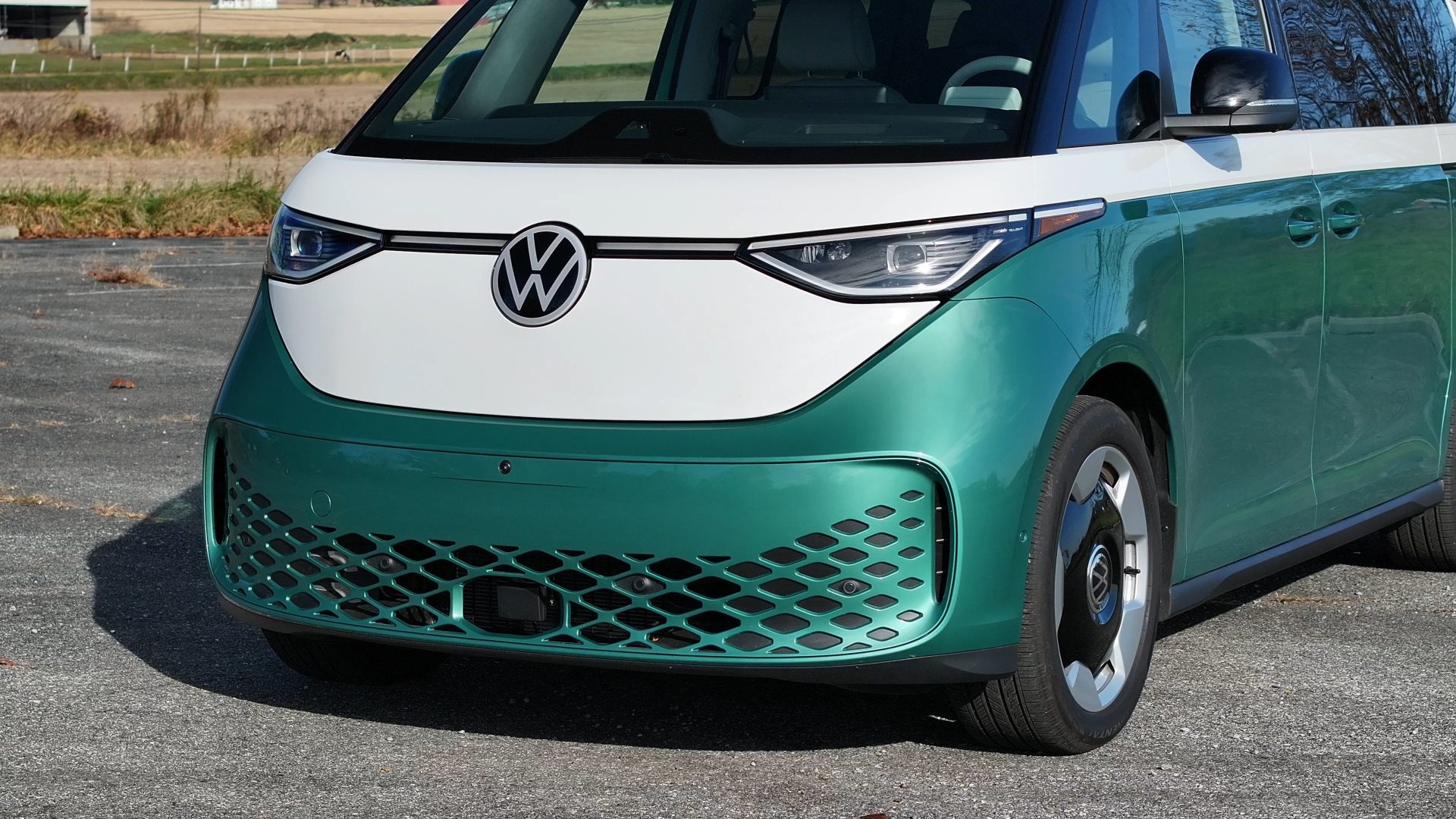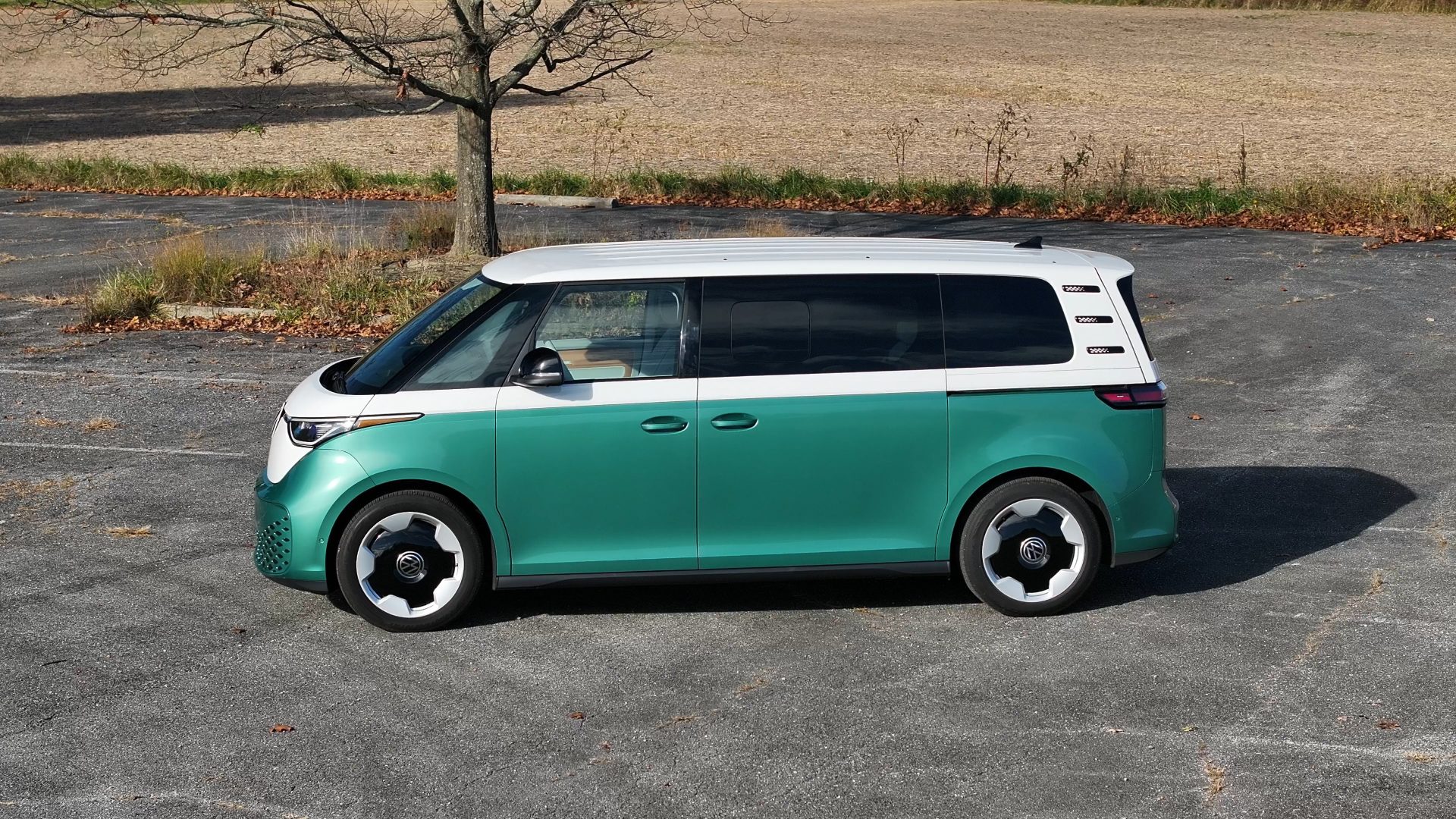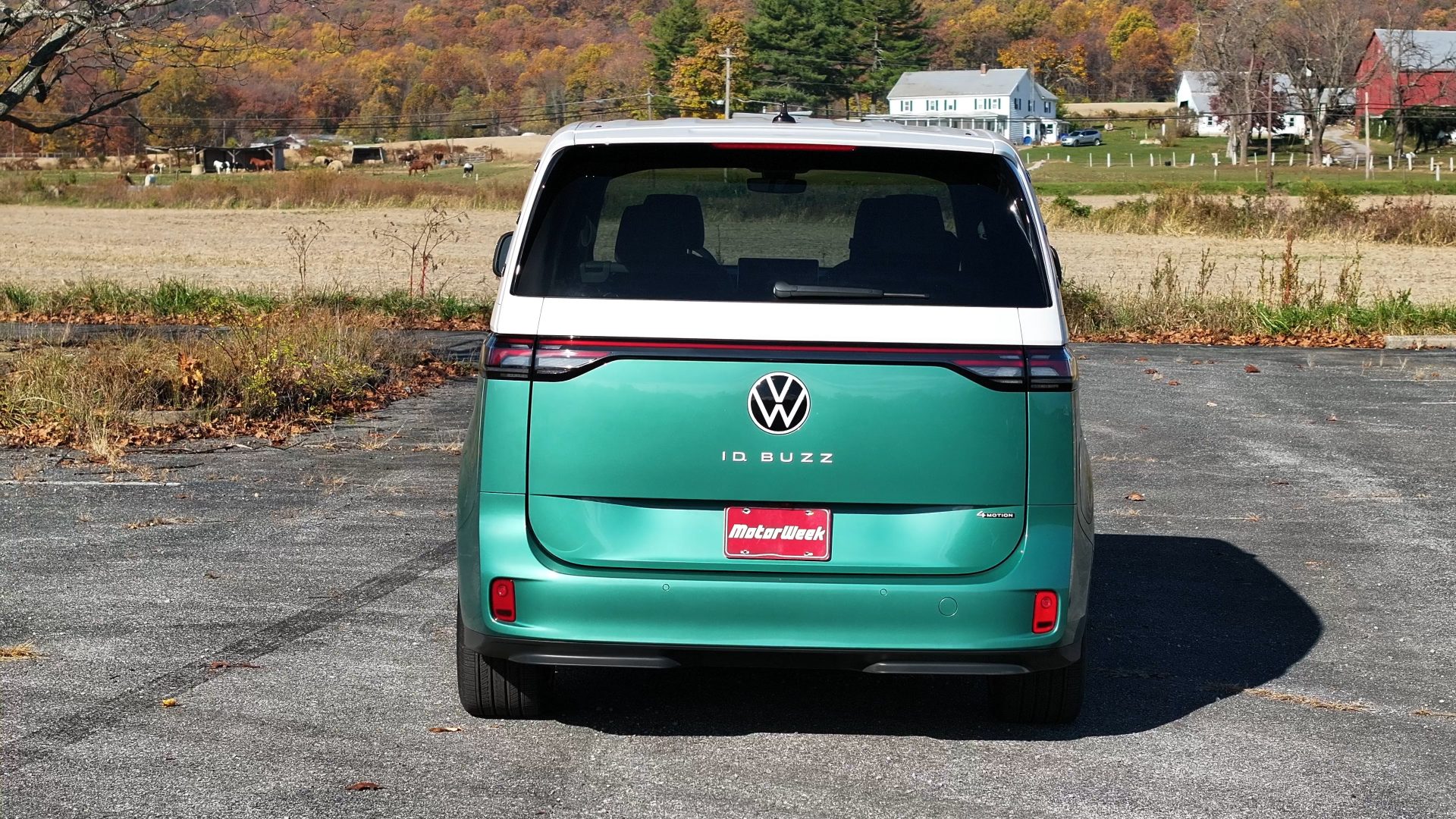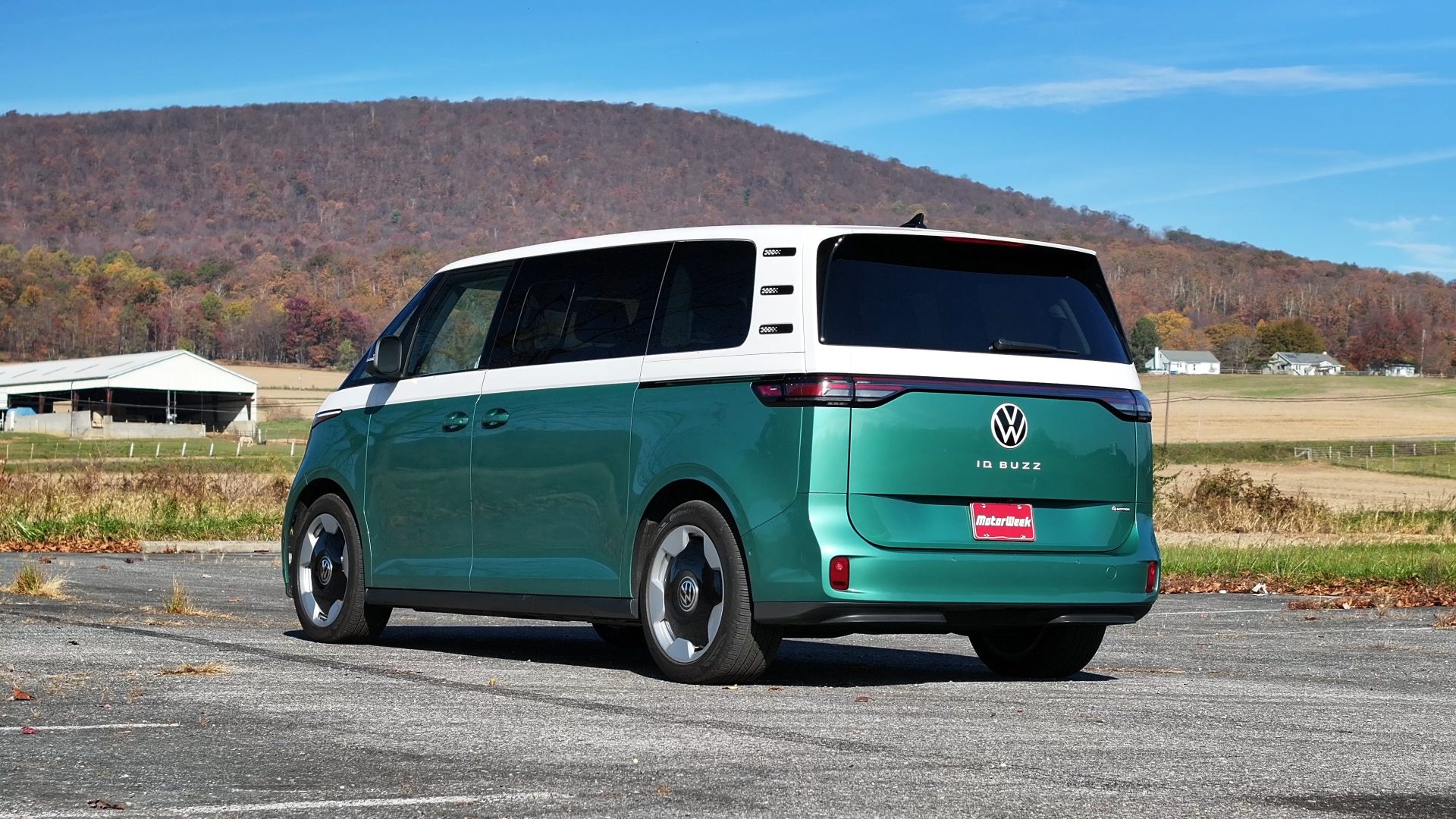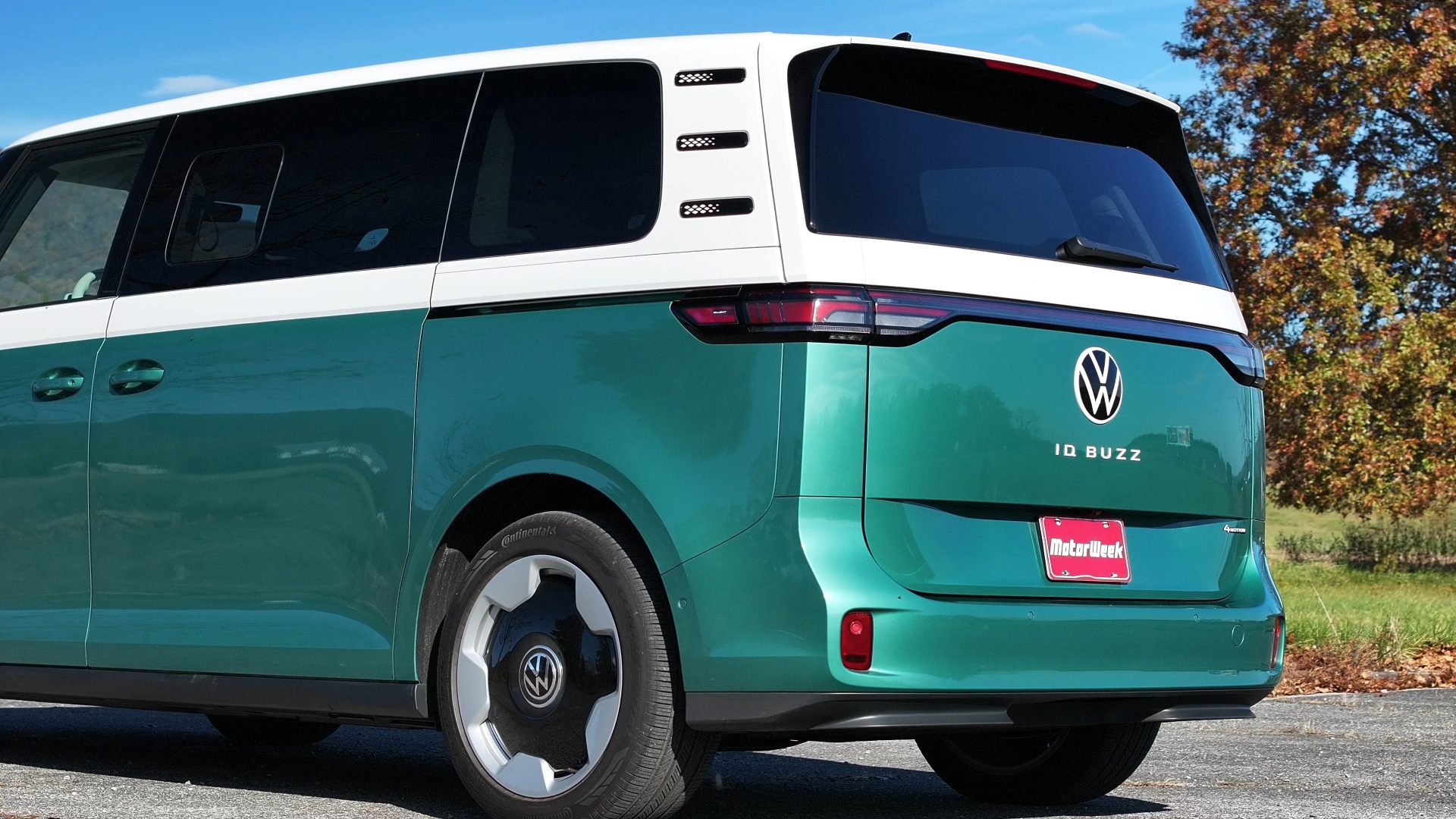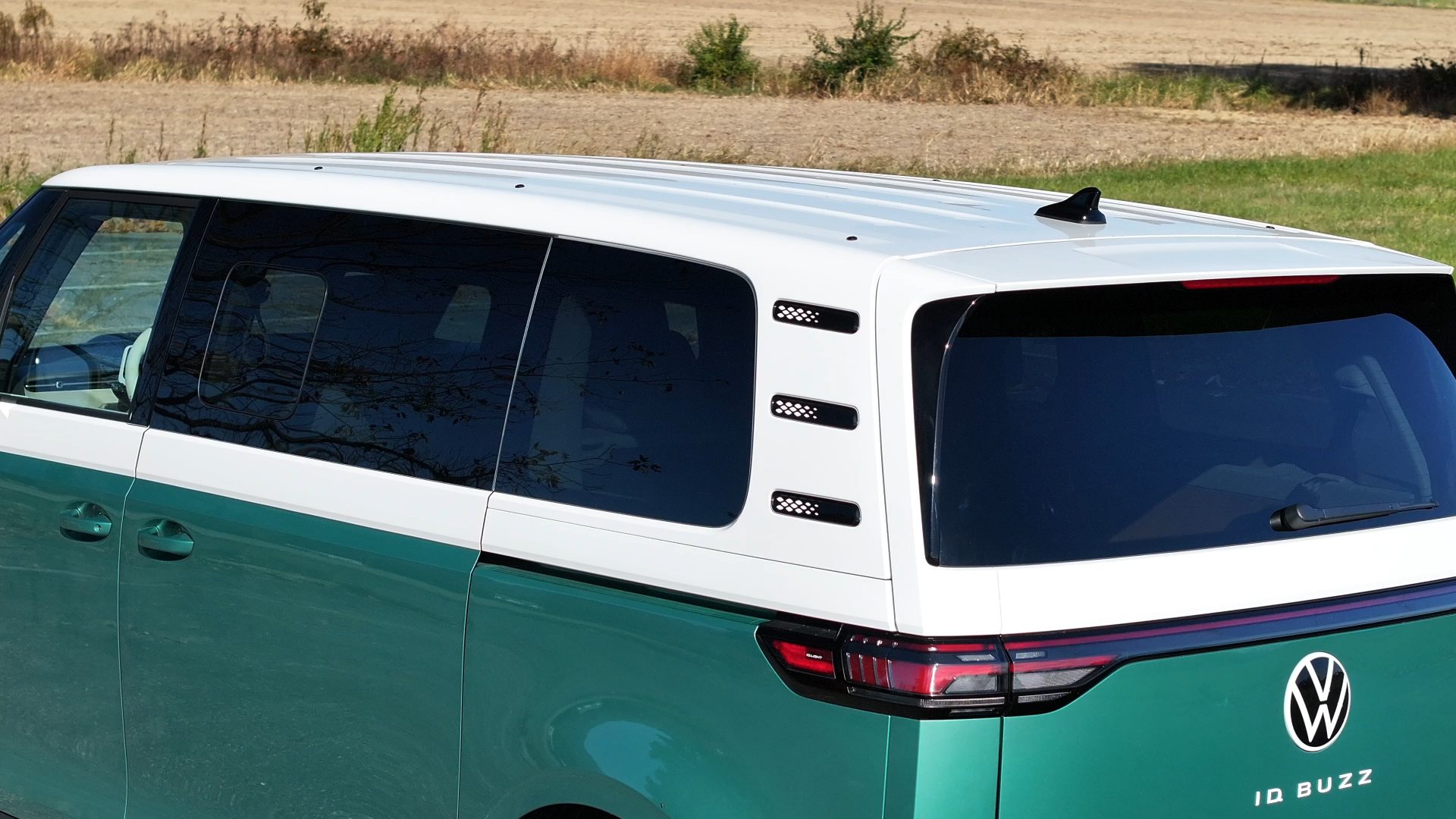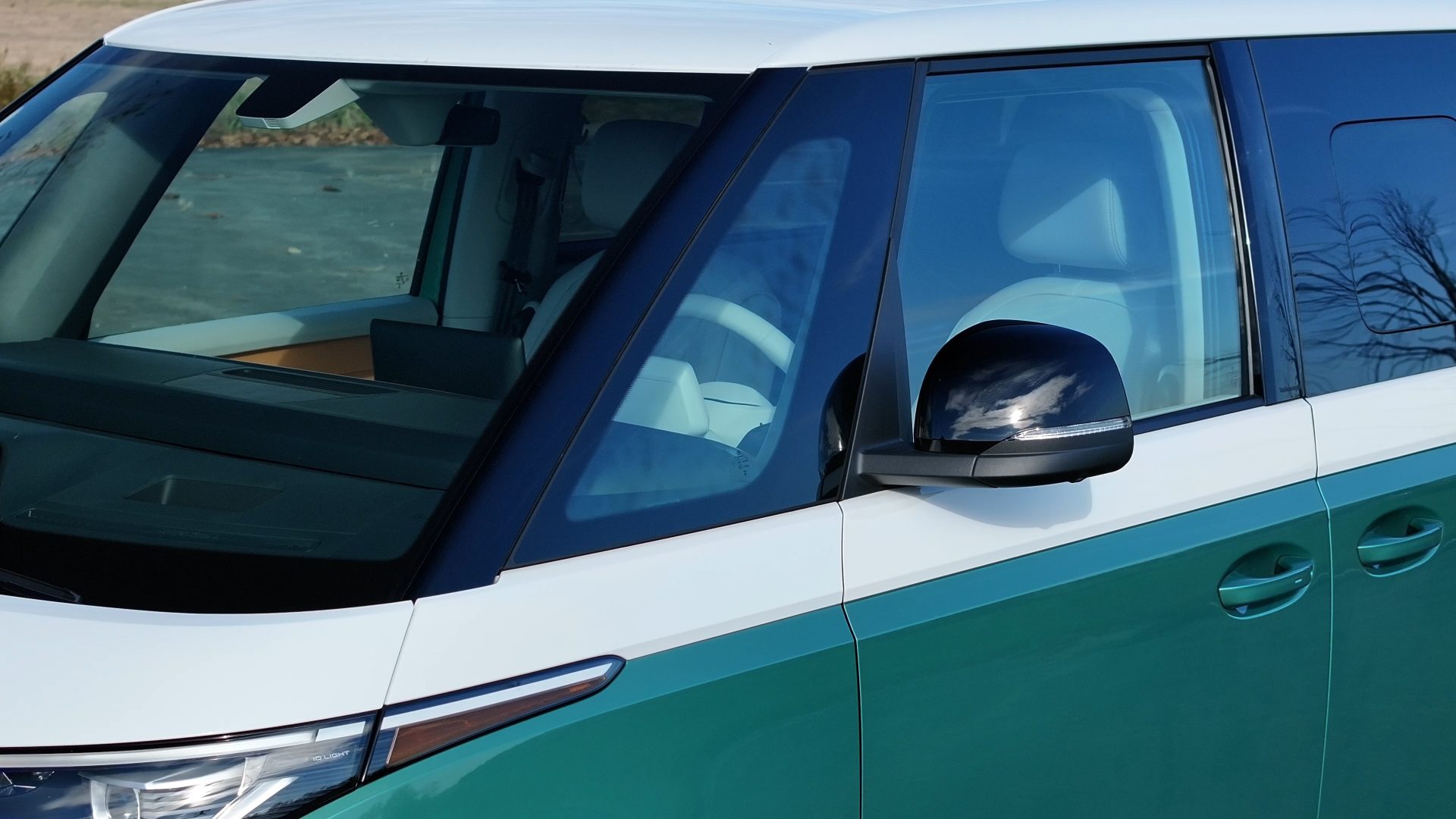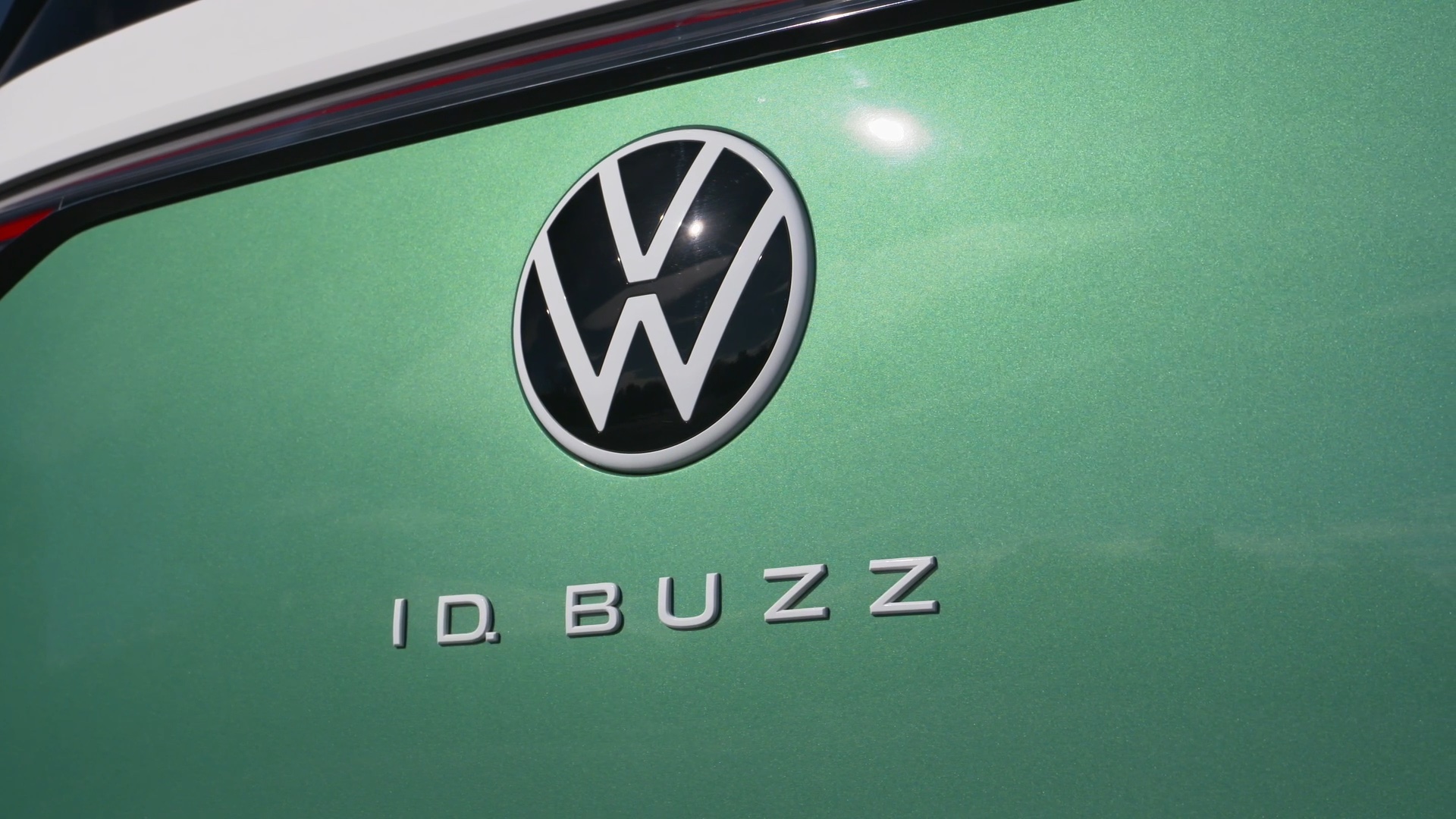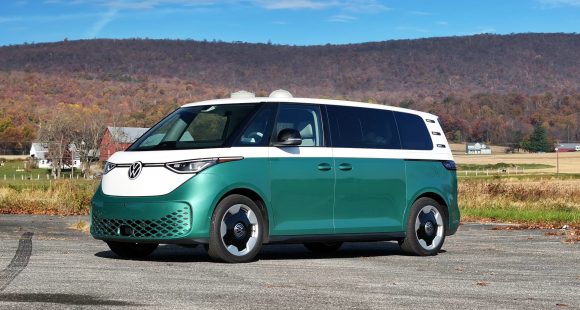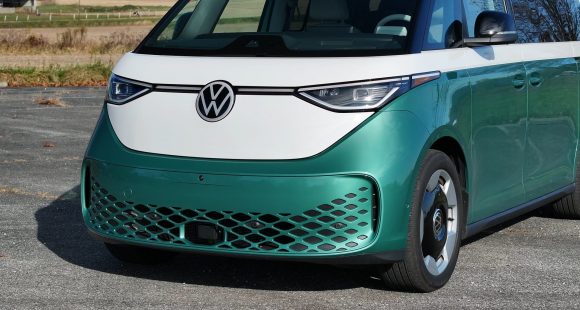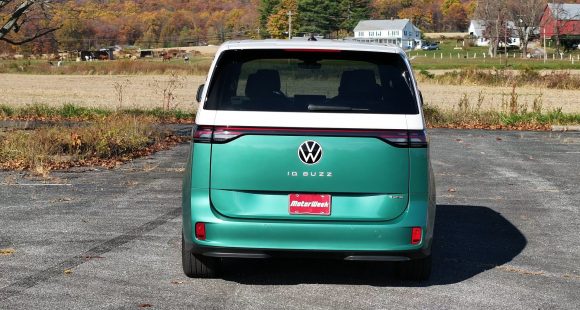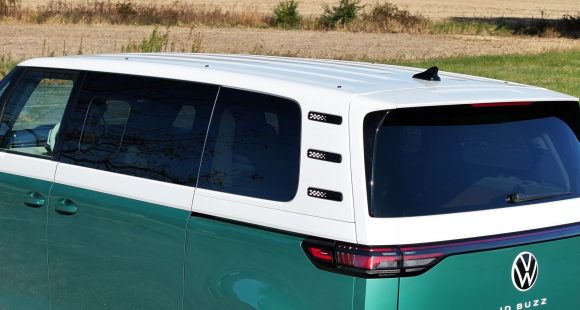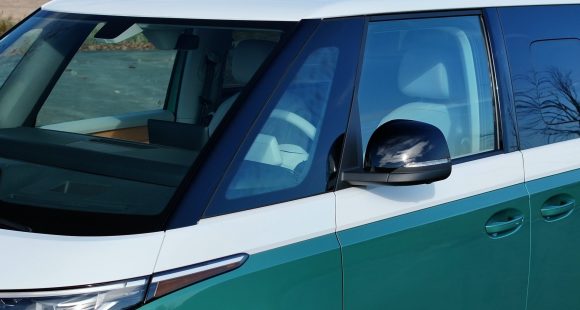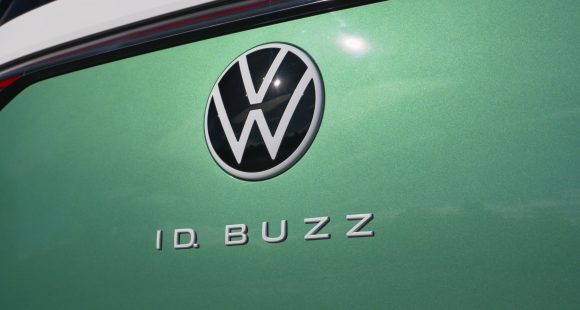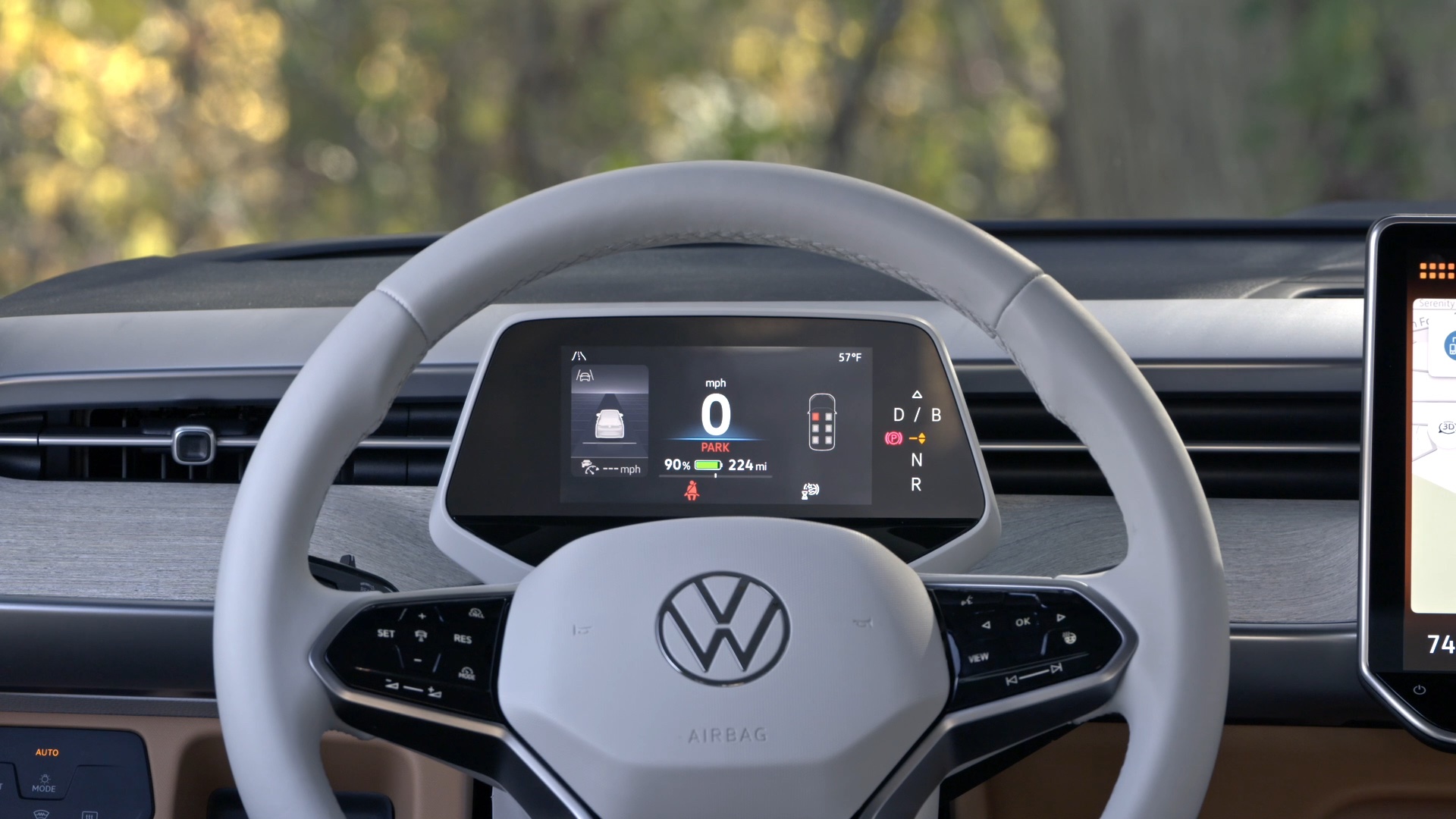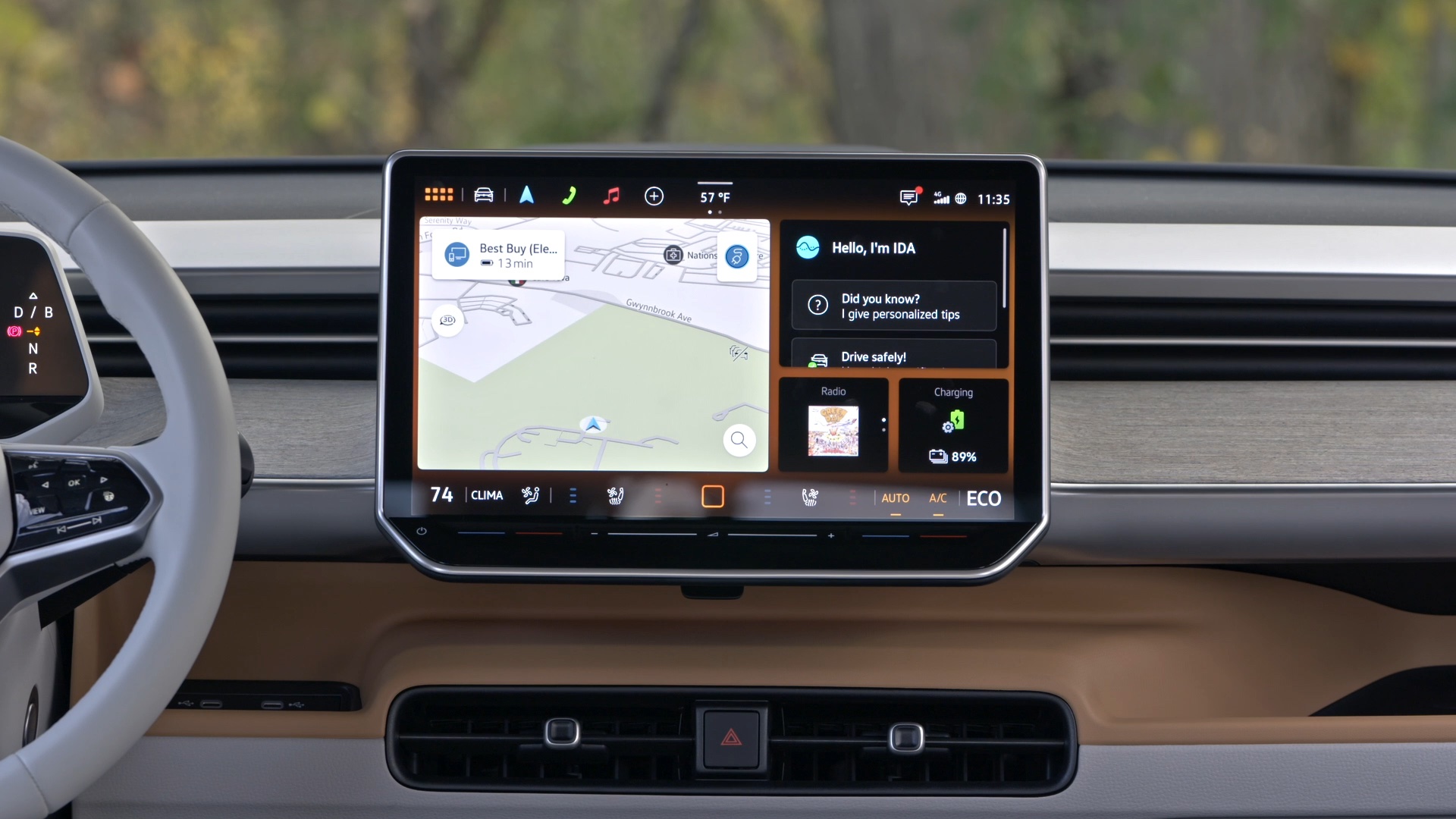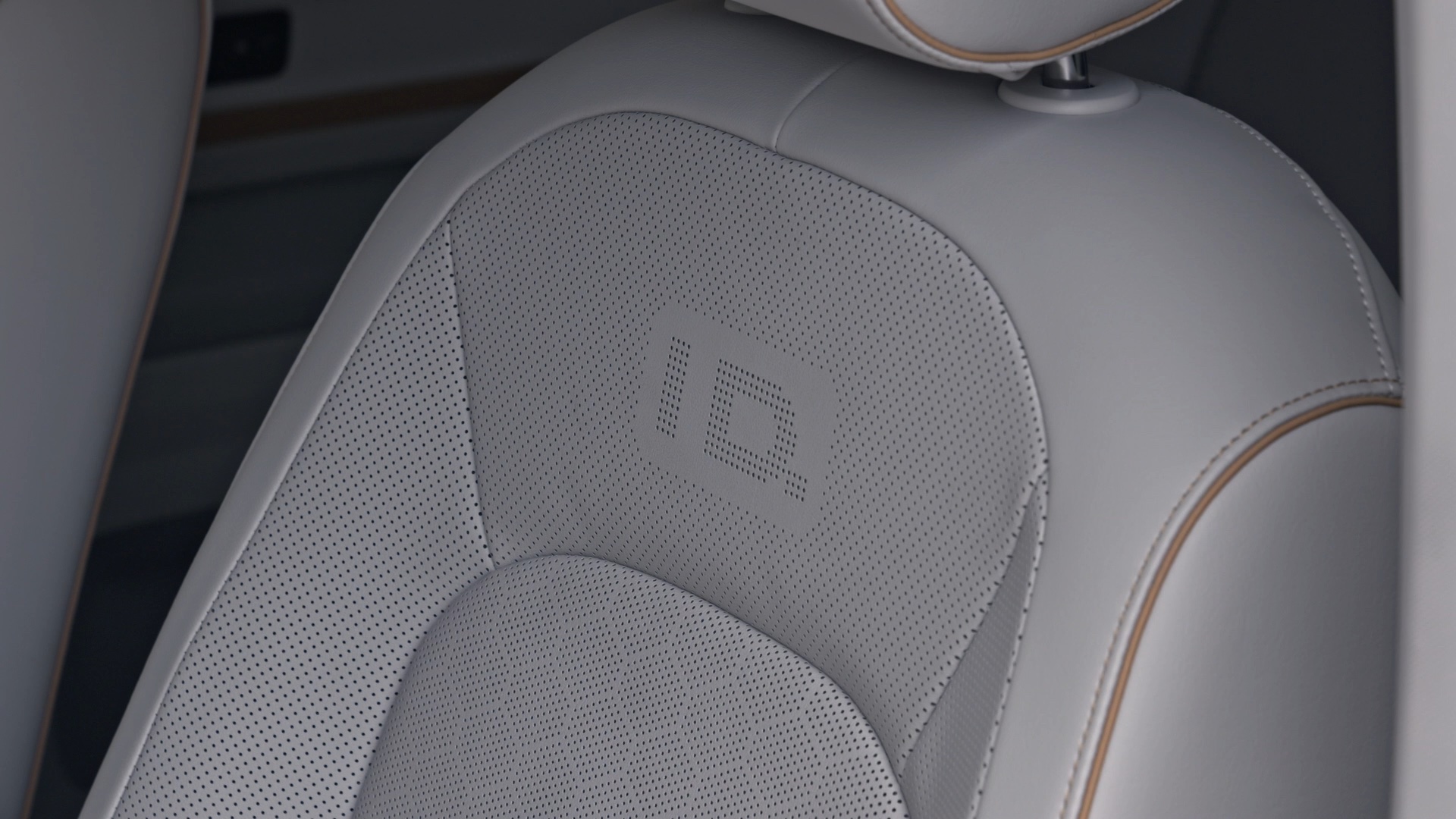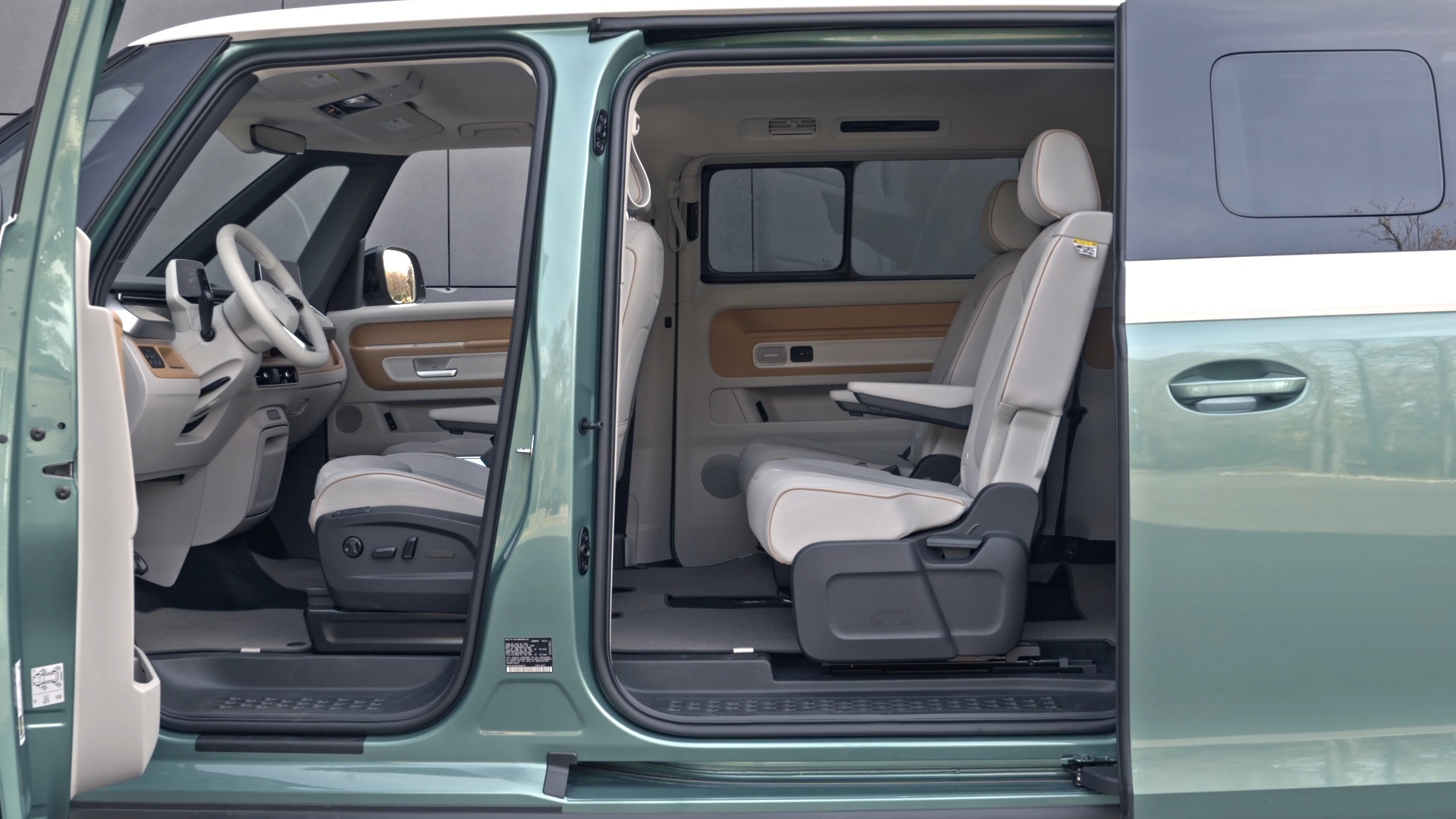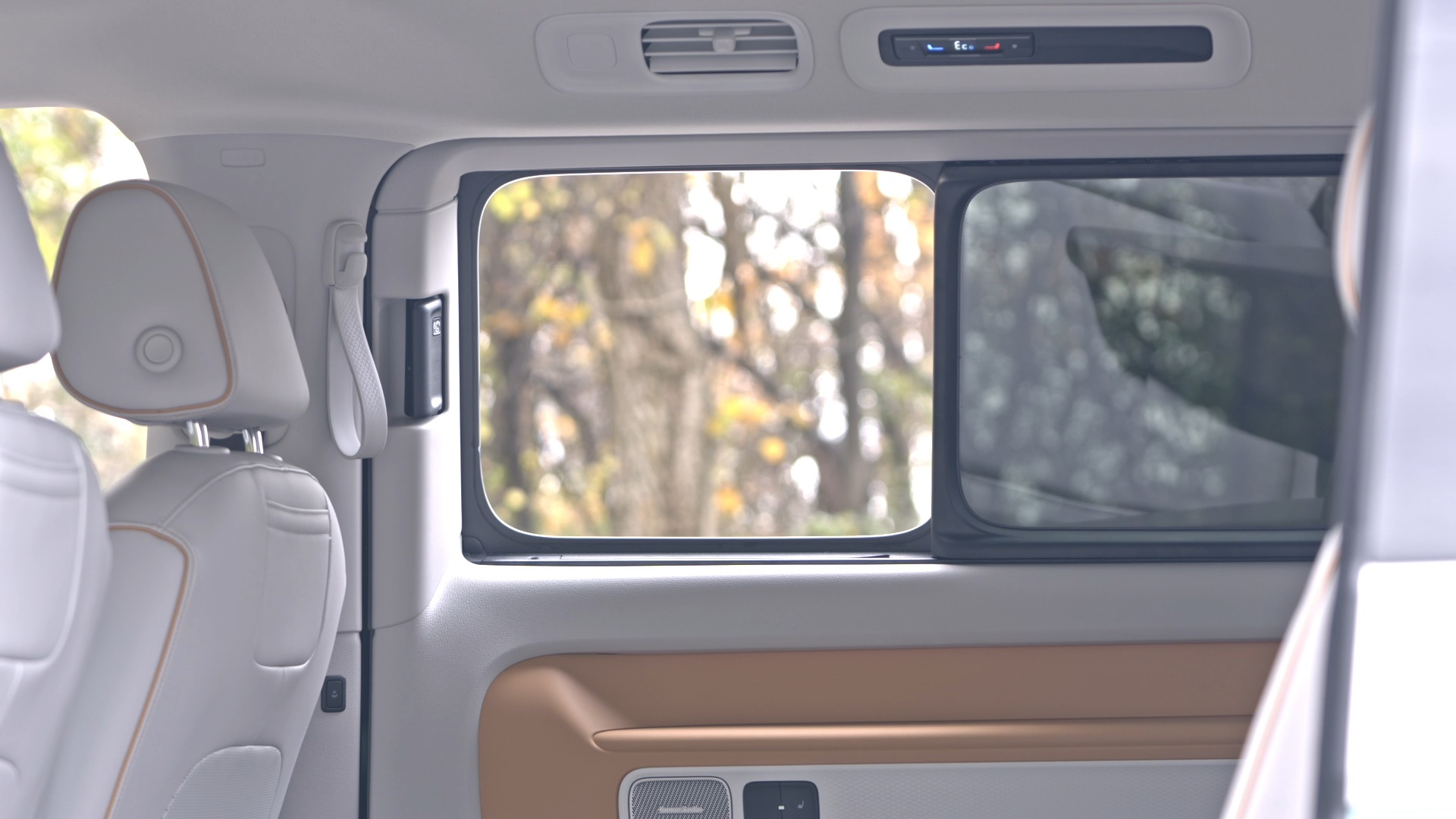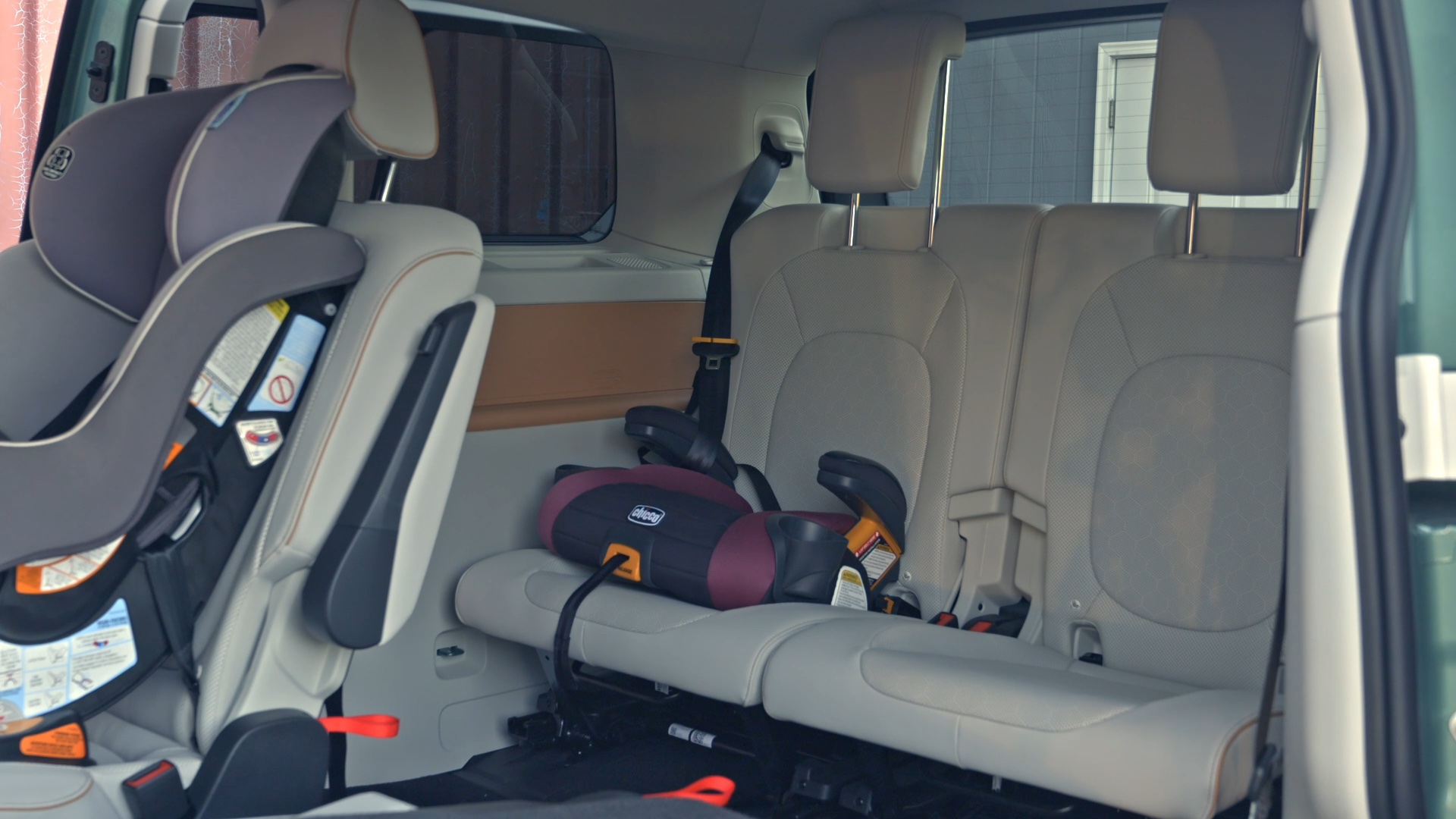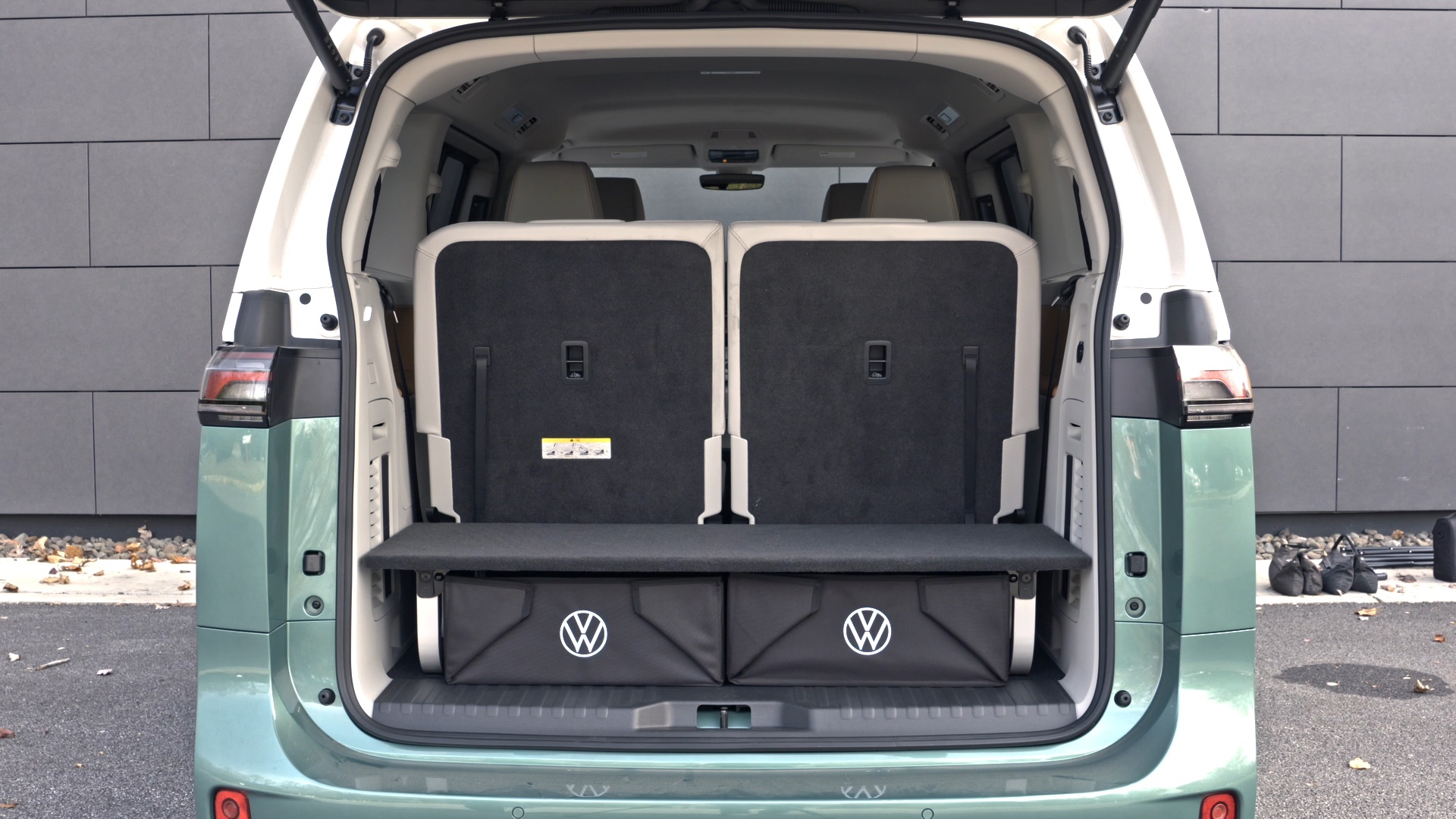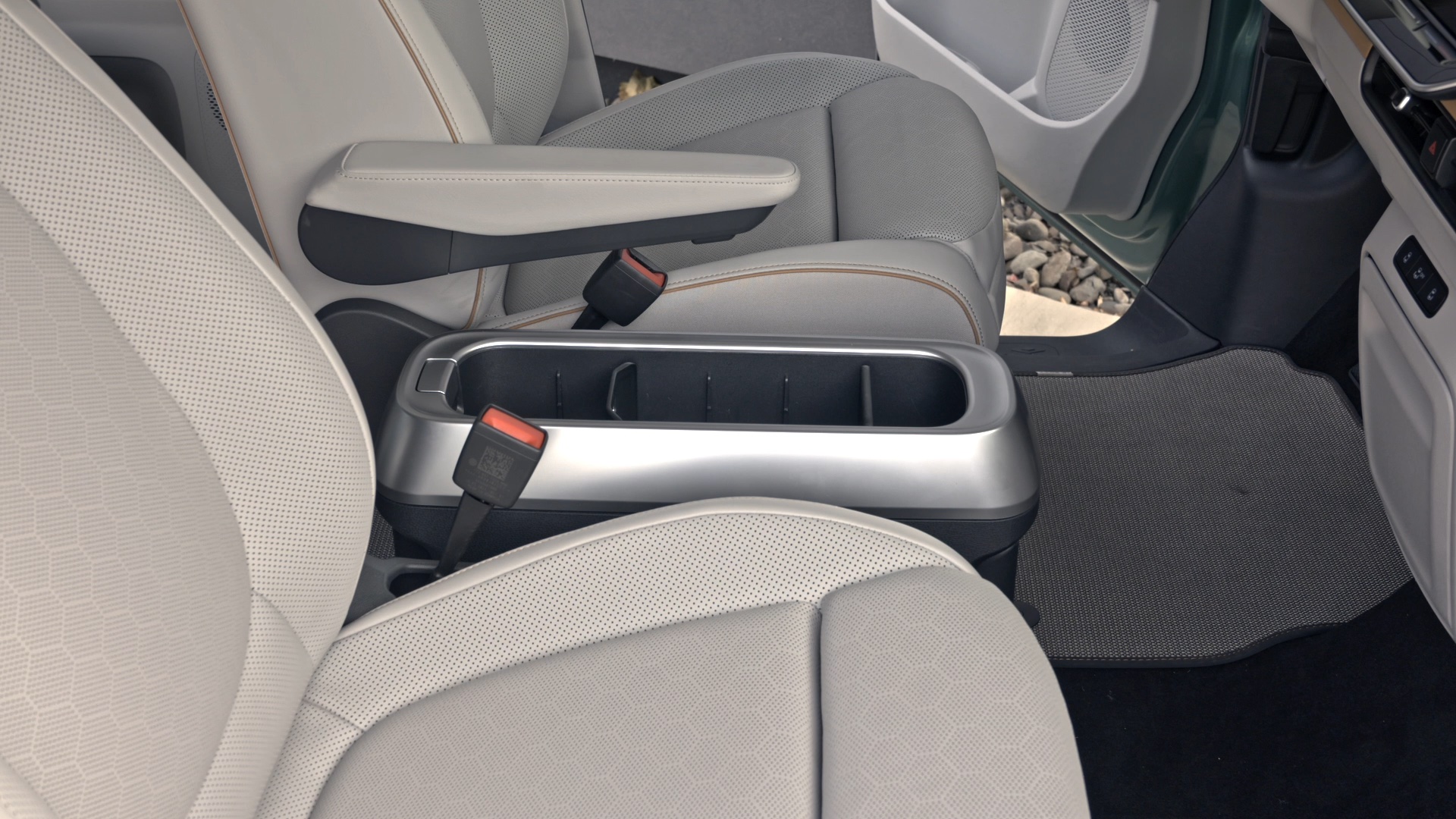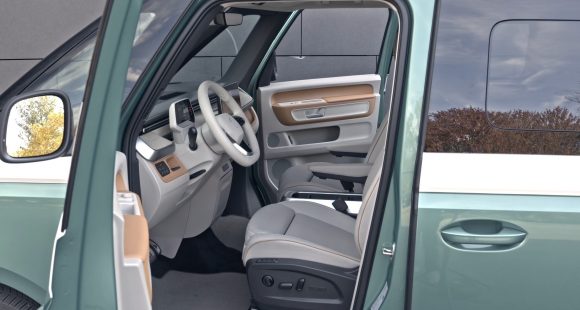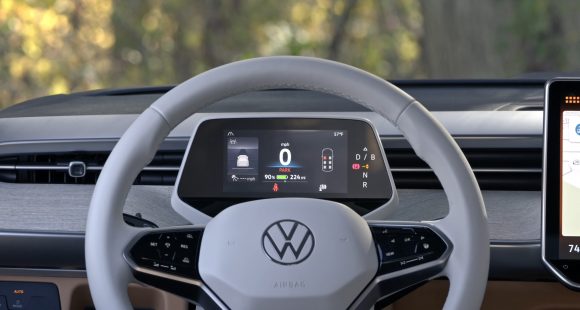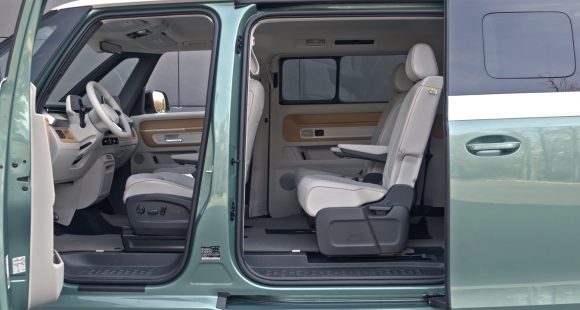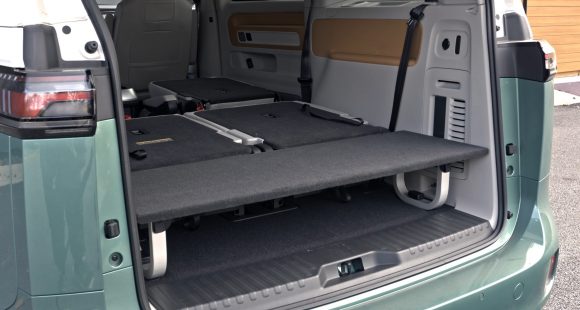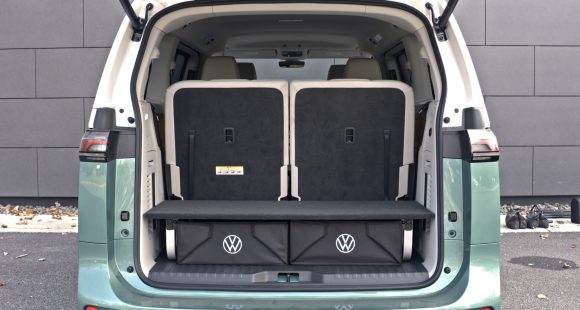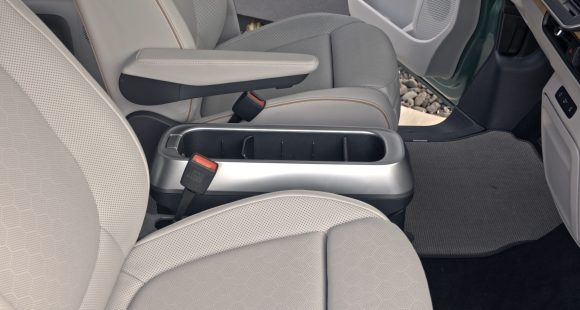2015 Volkswagen Golf SportWagen
By now you’ve heard all the Volkswagen turbo diesel fiasco. Residual values, VW stock prices, and brand image have all taken a beating over recent months. But, what’s been lost in all of the hubub is that there’s a new Golf Sportwagon. And, despite the diesel disaster, the Sportwagon deserves it’s time in the spotlight.
For those fans that were upset over the demise of the Jetta SportWagen, we have great news. It’s hasn’t really gone away, it’s just been re-designed, and renamed, as the 2015 Volkswagen Golf SportWagen.
And that means it is now using VW’s fantastic MQB architecture, and the benefits of that are almost endless. It weighs less, is more economical, and despite shifting from Jetta to Golf nameplates, it even has about the same amount of space inside.
We’re certainly okay with the expansion of the Golf lineup, as it has always been one of our favorite cars. But what we’re not fine with of course, is the recent news regarding Volkswagen’s deceptive practices when it came to getting their TDI diesel’s emission’s certified.
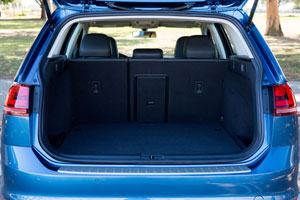 We spent time in a urea-injected TDI equipped SportWagen back in the summer, before all of this came to light. And averaged 37.0 miles-per-gallon, which is actually better than the Combined Government Fuel Economy Rating of 35, to go along with 31-City, and 42-Highway.
We spent time in a urea-injected TDI equipped SportWagen back in the summer, before all of this came to light. And averaged 37.0 miles-per-gallon, which is actually better than the Combined Government Fuel Economy Rating of 35, to go along with 31-City, and 42-Highway.
We’ve always been huge fans of the TDI and have always gotten exceptional fuel economy results, but perhaps in retrospect we should have known it was almost too good to be true. It’s not a total disaster however, as independent testing has concluded that with a software fix, fuel economy might decline as little as 5%.
Ultimately it will be the consumers that will decide the TDI’s fate when and if Volkswagen gets things sorted out.
We also drove a TSI-equipped gasoline fueled SportWagen; and here we also bested expectations, averaging 33.3 miles-per-gallon of Regular. The official Combined is only 29, with 25-City and 35-Highway. Its legitimate Energy Impact Score comes in at 11.4 barrels of oil consumed yearly with CO2 emissions of 5.0-tons.
The 1.8-liter I4 in the TSI is rated at 170-horsepower and 199 lb-ft. of torque and is available with either a 5-speed manual or 6-speed automatic transmission.
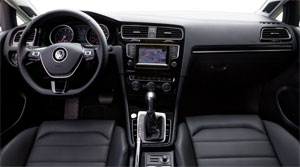 Compared with a Golf 5-door, there’s 12.0-inches of additional length, yet it rides on a wheelbase that’s actually been shortened by a bit. Overall length, however, is almost exactly the same as the departing Jetta SportWagen.
Compared with a Golf 5-door, there’s 12.0-inches of additional length, yet it rides on a wheelbase that’s actually been shortened by a bit. Overall length, however, is almost exactly the same as the departing Jetta SportWagen.
As far as design, there’s only so much you can do with the two-box wagon shape, the Golf’s take is without a doubt more purposeful and less bloated than the Jetta’s.
The forward portion of the interior doesn’t depart at all from the simple Golf theme, and we’re just fine with that. Material quality is good, and seat comfort better than expected.
Cargo capacity in the hold is down slightly to 30.4 cubic-ft., but after dropping the rear seat backs, the space expands to 66.5 cubic-ft. And that’s much more space than all of the rapidly growing subcompact crossovers have to offer.
And it’s much more fun to drive as well. Here at the track, it was as capable as we hoped, and handles way better than a car this big should. The extra 100-pounds or so of weight over the hatchback did nothing to compromise handling here; or ride quality on the way back to the office.
0-60 times were quicker in the TSI, as you would expect, though not by much. 8.7 TSI, verses 9.0-flat for the TDI. Both are a little sluggish off the line, while they wait for their turbos to spin up the boost.
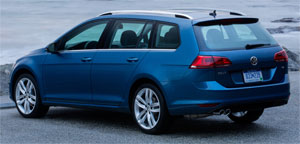 So naturally, the TSI completes the 1/4-mile more quickly as well; taking 16.2-seconds to trip the lights at 88 miles-per-hour. Stops from 60 averaged a good 125-feet. Brake feel was great and fade was minimal.
So naturally, the TSI completes the 1/4-mile more quickly as well; taking 16.2-seconds to trip the lights at 88 miles-per-hour. Stops from 60 averaged a good 125-feet. Brake feel was great and fade was minimal.
With all of the pricy cars we test these days, at $22,215; the Golf SportWagen packs about everything you could want in a tidy, highly affordable package. 2016 editions tack on only a couple hundred dollars more. For the time being, the TDI is not available pending recertification. Expect about a three grand premium when it returns.
So, while VW’s deception has certainly tempered our enthusiasm for the 2015 Volkswagen Golf SportWagen, and it’s in fact difficult for us to recommend any Volkswagen at the current time, the SportWagen is still a good idea. But even good ideas need the proper timing to be great ones.
Specifications
- Engine: 1.8 liter I4
- Horsepower: 170
- Torque: 199 lb-ft.
- 0-60 mph: 8.7 seconds
- 1/4 mile: 16.2 seconds @ 88 mph
- EPA: 25 mpg city/ 35 mpg highway
- Energy Impact: 11.4 barrels of oil/yr
- CO2 Emissions: 5.0 tons/yr
2025 Volkswagen ID. Buzz
Volkswagen Brings Beetlemania Level Of Excitement To Minivan Segment
The duty of upholding Volkswagen’s heritage has most recently been delegated to small legacy car names like Golf and Jetta. But hold on! A much larger, totally modern take on VW’s classic microbus has just buzzed over the horizon— the all-electric ID. Buzz. It’s been at the top of our minds since we first saw the concept back in 2017. Well, it’s finally here, so let’s get our groove into drive!
This 2025 Volkswagen ID. Buzz has indeed created the most buzz around Volkswagen since the Beetle’s return to the U.S. in the late 1990s. We couldn’t drive it anywhere without drawing a crowd. No wonder, just about everyone has a VW Microbus story to tell, and seeing this reimagined version rolling down the street brings back all those memories.
VW really pulled it off as far as we’re concerned, as it looks great without appearing over the top. All the cues are here: Big VW logo front and center, lots of greenhouse including A-pillar windows and mini sliders for the second-row passengers, D-pillar air vents, and two-tone wheels. And while its appearance may be pure retro, its drivetrain is far from it, as the ID. Buzz is all-electric, and unlike the new Beetle, the Buzz does retain the original Microbus’ rear-drive architecture.
Powering those rear wheels is a 210-kW motor drawing juice from a 91-kWh battery for a range of 234 miles; 200-kW max charging will get you to 80% in about 26 minutes. Buyers can add another small 80-kW motor up front for 4motion all-wheel-drive and an increase of total output from 282 to 335 horsepower with a combined 512 lb-ft of torque. It uses the same battery, but range estimates drop just slightly to 231 miles. But while those numbers are modest, we also found them to be quite conservative, as we observed as many as 287 miles available in our all-wheel-drive tester’s gauge display and were on pace for 273 miles in our driving loop.
One throwback theme that may be a turnoff to some is that it’s quite a step up into the Buzz’s front seats, but there’s certainly a commanding view of the road once you climb in. Second row seating can be either a three-place bench or a pair of captain’s chairs, so there’s generous room for seven or six passengers. The captain’s chairs in our Pro S Plus offer good support and very easy access to the third row.
Lots of flexibility too with the option to simply fold the seats or remove them altogether.
With the sliding side doors and a wide opening rear hatch, there’s plenty of access for loading big sport utility amounts of cargo. Lots of flexibility too with the option to simply fold the seats or remove them altogether, and the ability to create a full-length flat floor with a rear cargo shelf that covers some handy removable storage bins. There’s 18.6 cubic-feet of space behind the third row, 75.5 behind the second, and a max of 145.5. That’s more than a Chevrolet Tahoe. For smaller items, there are lots of cubbies throughout the cabin, along with a standard Buzz Box that can be moved to multiple locations.
With a design that prioritizes retro form and modern function over aero efficiency, the 4motion equipped ID. Buzz earns a Fair efficiency rating, using 42-kWh of electricity per 100 miles, and we weren’t sure what to expect at our Mason Dixon test track.
What we found was great torque off the line and drama free launches to 60 in just 5.3 seconds. It was very stable at speed and power delivery stayed steady most of the way down the track until we reached about 90 mph, when it began to taper off just before we finished the quarter-mile in 14.0 seconds flat at 97 mph.
With 1,200-lbs. of battery weight nestled in its 127.5-inch wheelbase, the Buzz felt planted to the pavement through our handling course. There was quite a bit of body roll to deal with, but surprisingly little understeer. In panic braking runs, pedal response was inconsistent, feeling soft at times, pushing back hard at others; but through it all, results were quite good, stopping from 60 in an average of just 108 feet.
Three interior themes are available, this Dune is the brightest, featuring coastal inspired wood optic dash décor, “gray and clay” leatherette surfaces, and a high-mounted central 12.9-inch touchscreen. Pricing starts with a rear-wheel-drive Pro S at $61,545; this Pro S Plus begins at $65,045, add another $4,500 for 4motion, which brings a few extra features along with all-wheel drive.
Retro design with old-school VW charm, modern EV drivetrain, big SUV capacity merged with minivan flexibility; it all comes together in this 2025 Volkswagen ID. Buzz. It’s easily one of the coolest rides of the year and one that will likely keep Volkswagen dealers buzzing for years to come, and that’s something no other people and things mover can say.
Specifications
As Tested
- Motor Setup: Dual-Motor AWD
- Battery Size: 91-kWh
- Horsepower: 335
- Torque: 512 lb-ft
- EPA Range: 231 miles
- 0-60 mph: 5.3 seconds
- 1/4 Mile: 14.0 seconds at 97 mph
- Braking, 60-0: 108 feet
- MW Test Loop: ~ 273 miles









